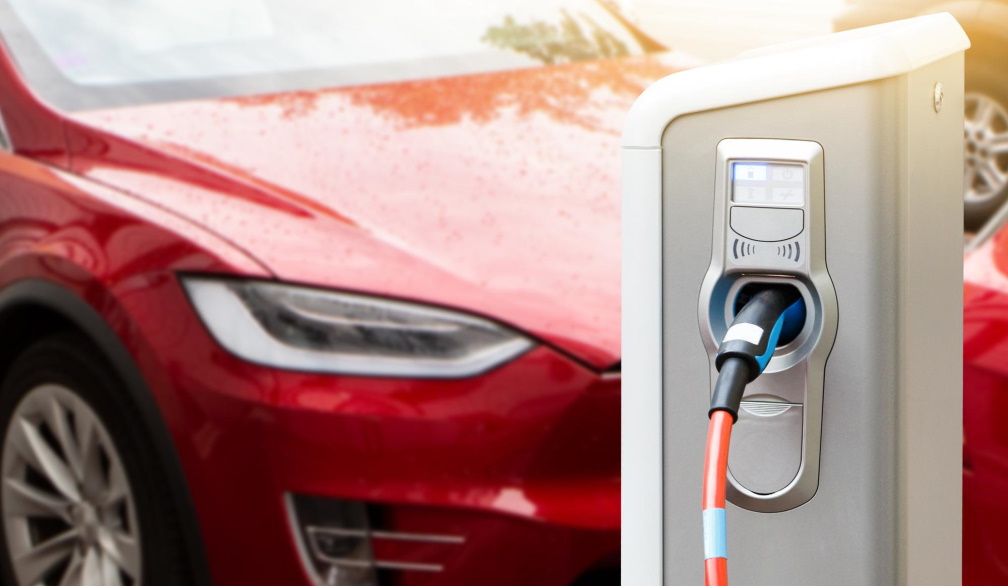What Are The Types of EV Chargers?
- Written by NewsServices.com

Electric vehicles (EVs) are becoming more and more popular, but they still have some drawbacks. For instance, they require charging stations that can take hours to fully charge if you don't have a fast charger. This is where an EV charger comes in handy!
In this article, we'll go over the different types of EV chargers and how they work so that you can make an informed decision about which one is right for your car.
Charging Types vs Charging Levels
There is a difference between EV charging types and EV charging levels. The EV charging type refers to the type of plug that your electric car uses, while the EV charging level refers to how much electricity your car can take in at once.
Some electric cars are able to charge at different speeds depending on what kind of plug you use. For example, if you're using a Level 2 charger, your car will charge more slowly than if you were using a Level 3 charger.
Charging Levels
The charging level of your electric vehicle refers to how quickly it will charge while connected to an outlet or other source of electricity. There are three main levels of charging: Level 1 (portable EVSE), Level 2 (wall chargers), and Level 3 (DC fast chargers).
-
Level 1 - Portable EVSE
Portable EVSEs are the easiest to use and most convenient option for most people. They come in two different styles: Level 1 (120V) and Level 2 (240V). Level 1 is used when you want to charge your car at home overnight, while Level 2 chargers are usually installed at commercial sites like parking garages or shopping centres. Both types can be plugged into a standard household outlet.
-
Level 2 - Wall Chargers
Wall Chargers are used for charging your car overnight at home. They're also used at public charging stations if there's not enough capacity on the Portable EVSEs in use there, for instance, if several vehicles need charging at once. Wall Chargers can come with a variety of plug types; it's important to check what kind of plug your car has before purchasing one of these units so that you don't end up buying something that doesn't work with your vehicle!
-
Level 3 - DC Fast Chargers
DC fast chargers can charge your vehicle quicker than the other two levels. They use direct current and are meant for long-distance travel and regular commuters who need to recharge their cars frequently. These models have become increasingly popular in recent years due to their high efficiency and reliability; however, they tend to be more expensive than the other options on the market.
Charging Types
In terms of EV charging types, there are two main options available: AC charging and DC charging. Let's examine both so that you can understand the differences between the two and the benefits of each type.
-
AC Charging
This is the most common type of charging, where you connect your car to an AC power outlet. AC chargers can be installed at home or in public places, and they can also be used with plug-in hybrid vehicles (PHEVs).
-
DC Charging
DC chargers are similar to AC chargers, but they use direct current instead of alternating current. This means that they require less energy than AC chargers and can charge your vehicle more quickly.
DC charging stations also tend to be much more expensive than AC chargers, so they're more commonly found in public areas like shopping centres or parking lots rather than private homes or businesses.
Conclusion
The terminology associated with electric cars can be confusing, but just remember that charge level refers to how fast the car recharges, and charge type refers to the type of plug you use when charging the vehicle.
Also, once you do purchase an EV, you should always call a qualified electrician to safely install your EV charging station because it can sometimes be tricky and dangerous, especially if you aren't used to working with power supplies.











